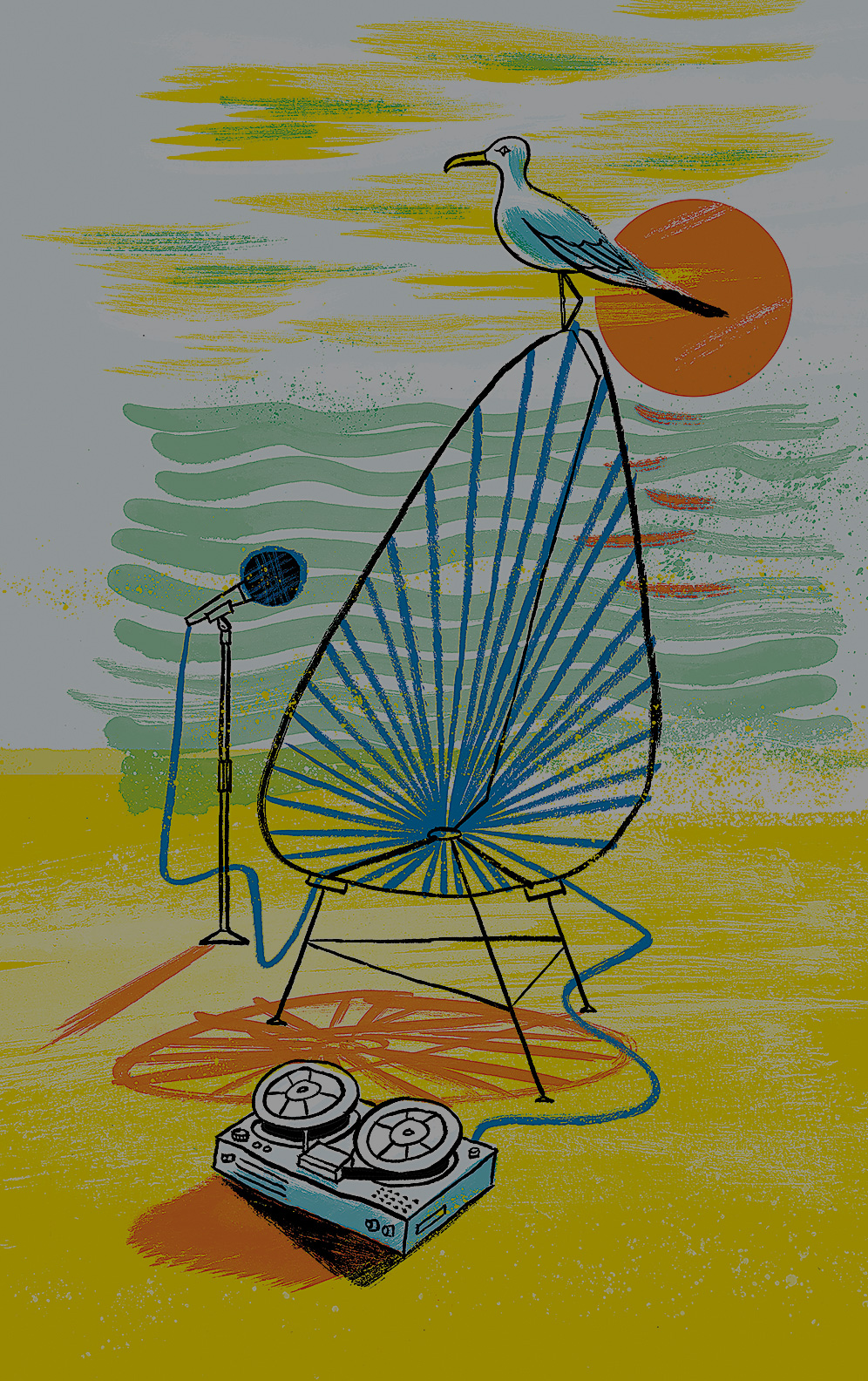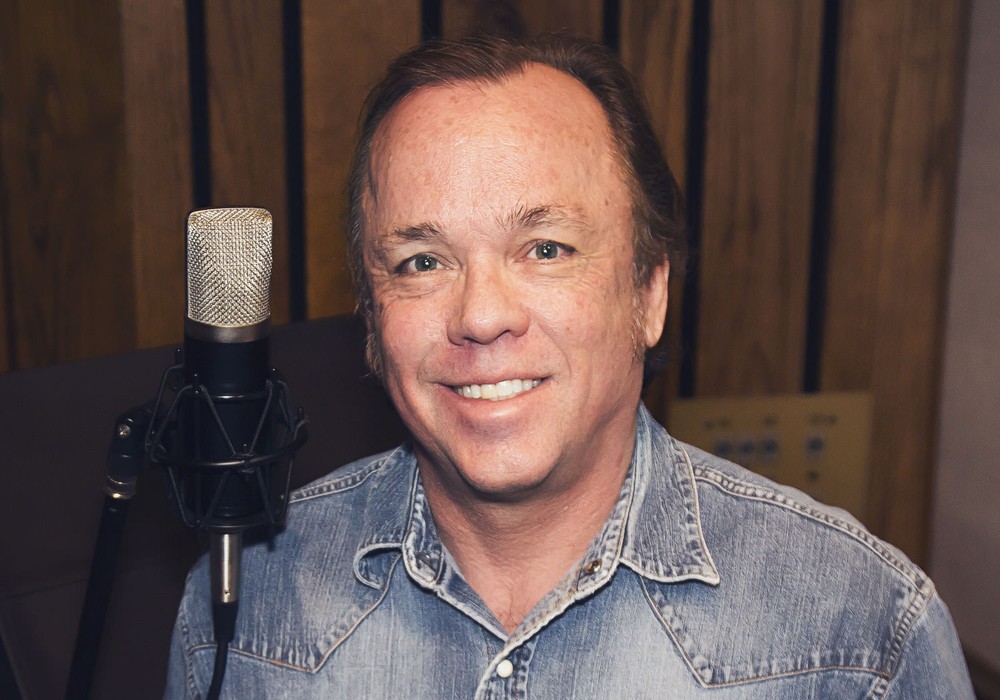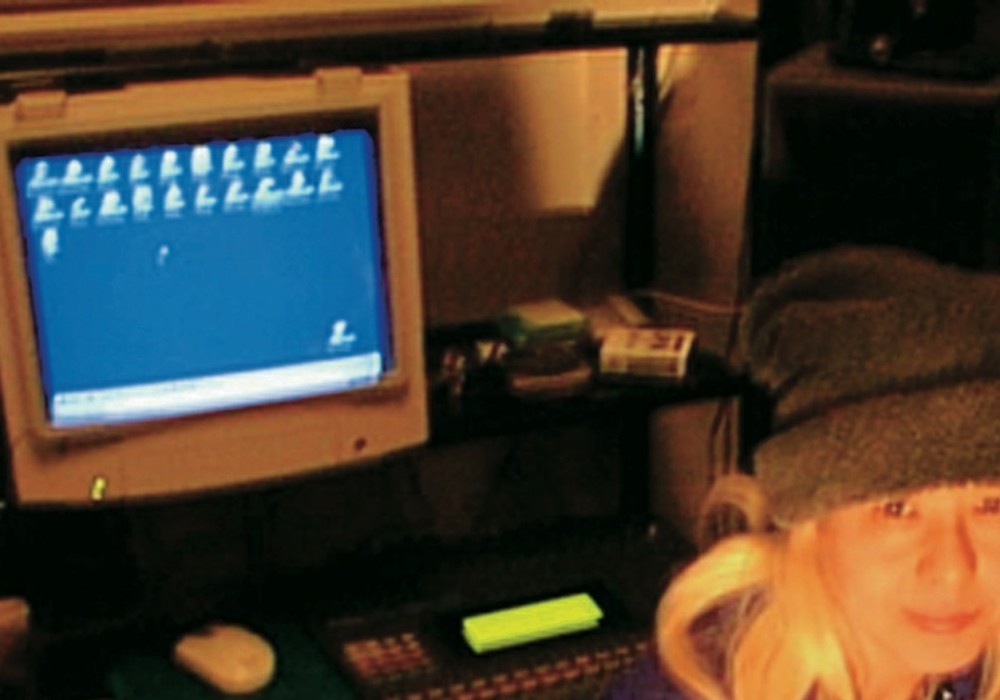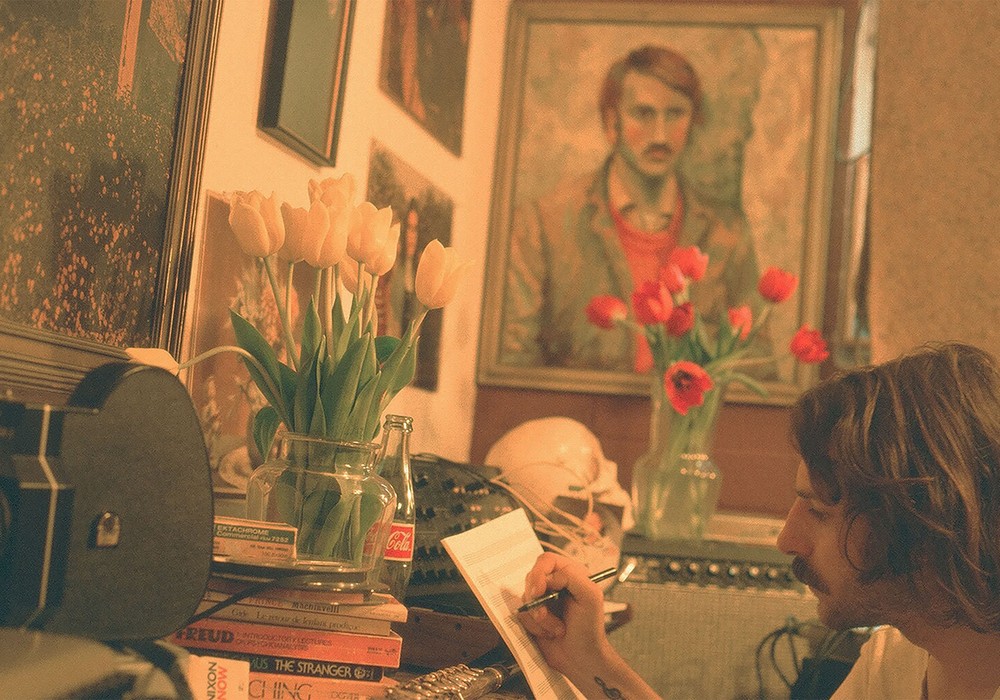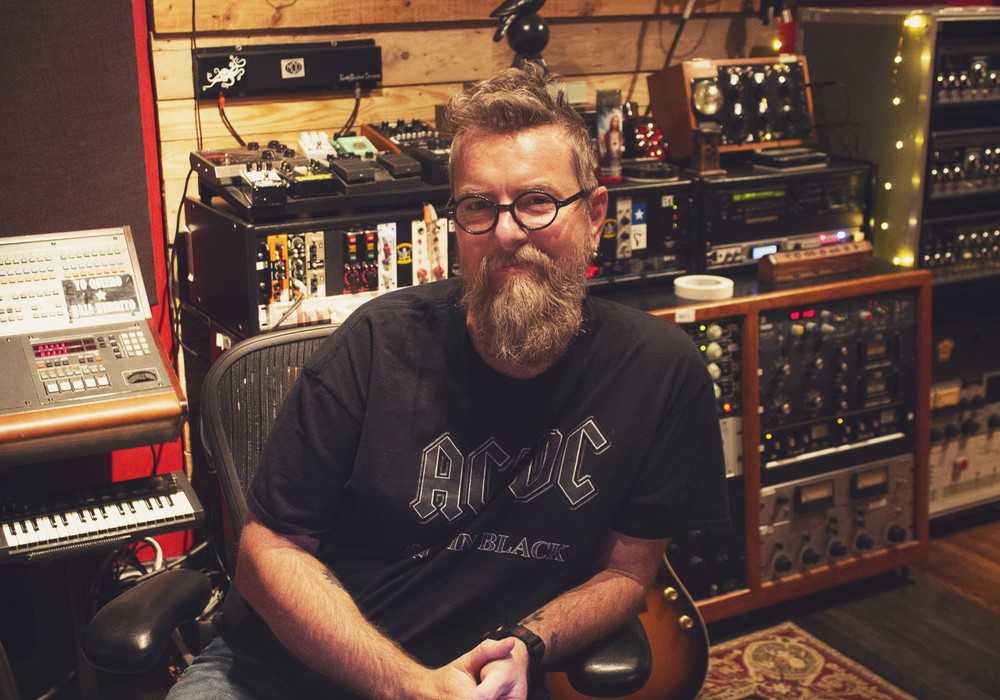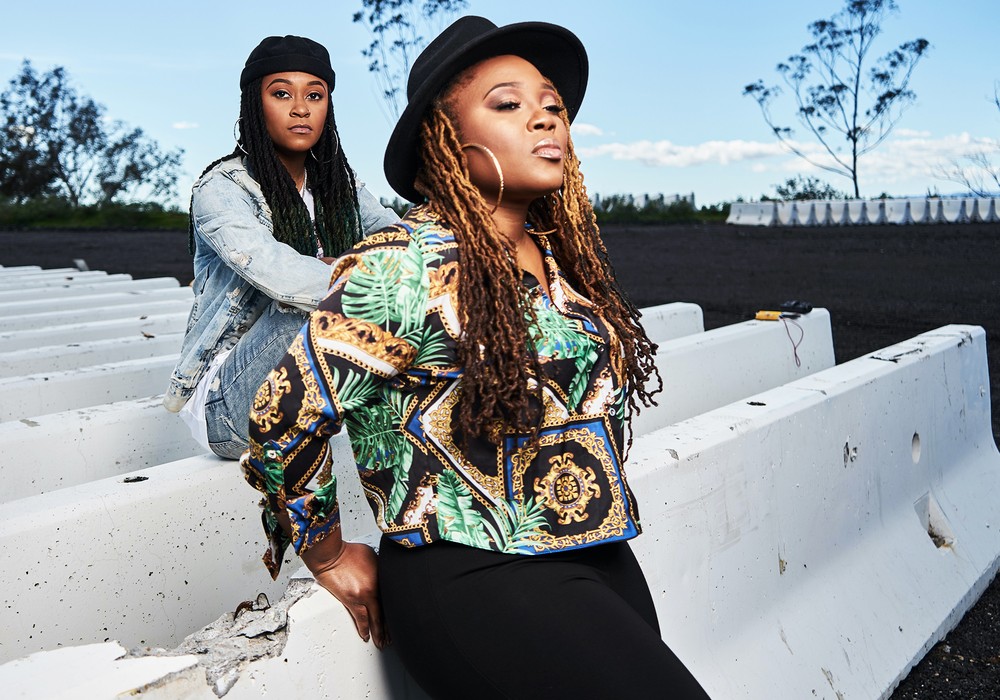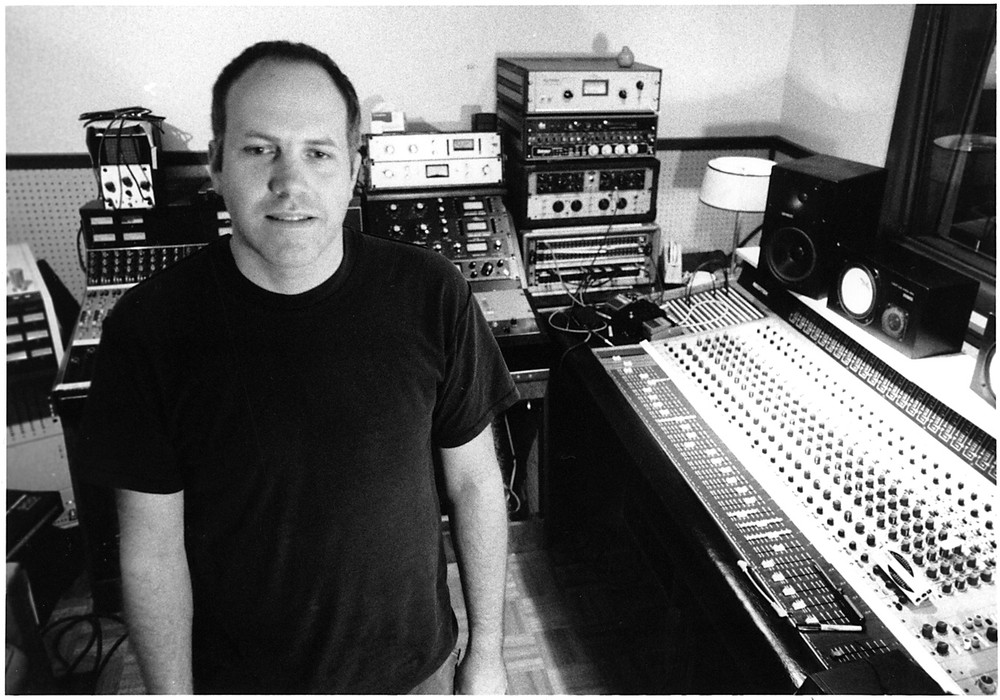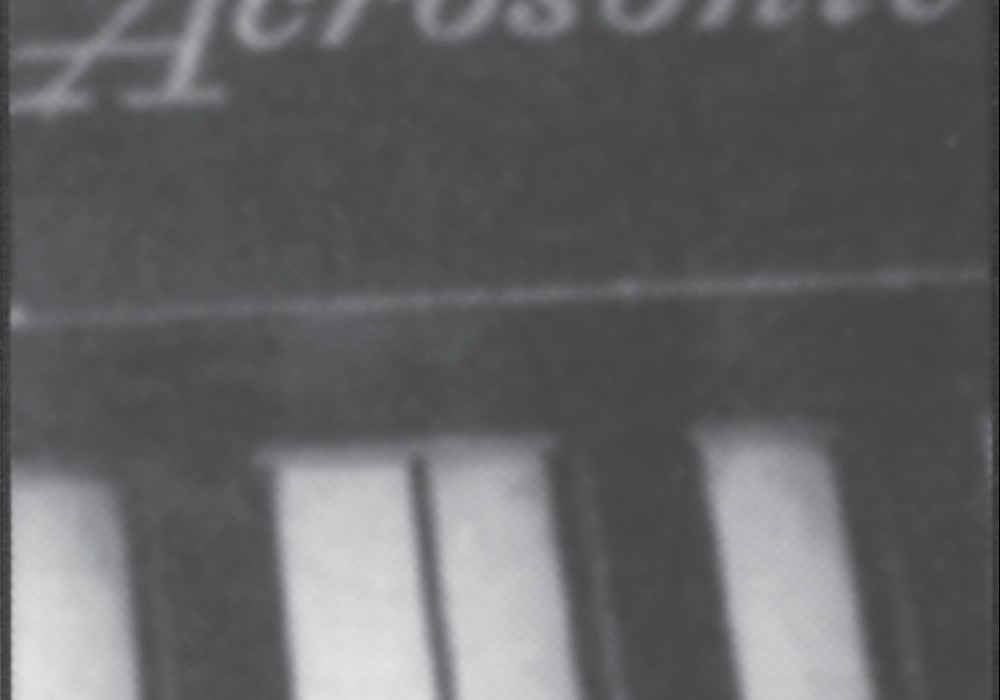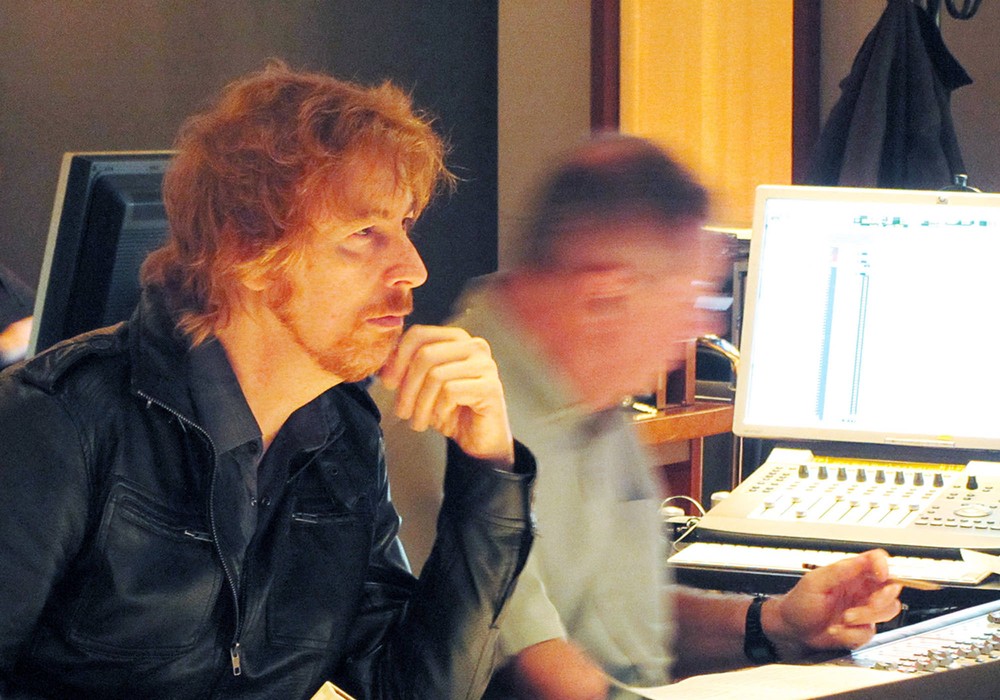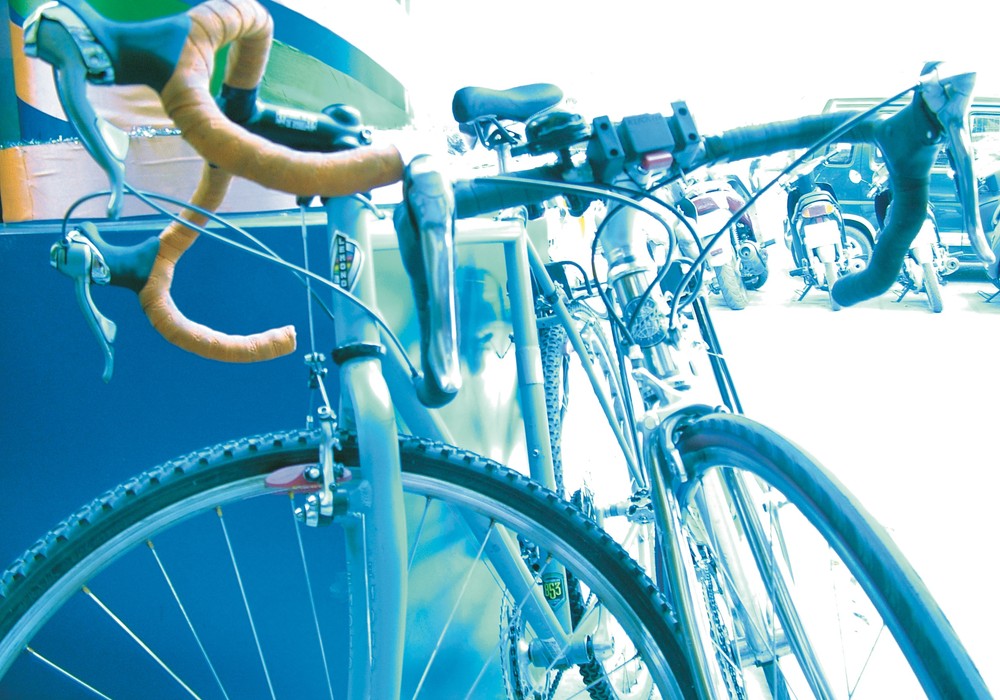Mojave Audio makes some of the highest quality mics at a great value; I've used several of them since they debuted and am a big fan. Dusty Wakeman has been running the company for years. I wanted to know more about his past, and how he ended up at a fine company like Mojave.
I knew of you as a bass player, engineer, and studio owner before Mojave. What was your path to this?
Bass players are always the guys in the band who had to fix the PA or want to record the band. I was that guy in high school. Growing up in Texas, I was fortunate; I was in a really good band. We had a guitar teacher, Dale Mullins, who was kind of a legend down there; he taught me and our two guitar players. He actually had a studio. In fact, we helped him build it. It was a 4-track, part of his house in the suburbs. I just immediately got the bug. I went to school, played in a bunch of bands, and recorded a lot as a musician. I got in this band called The Barons. They played the south Texas dance halls. They owned a studio in a town south of Houston. It was a 3M 8-track, which back then in the early '70s was a pro studio. I wanted to study recording engineering at UT [University of Texas, Austin], but you couldn't back then. There was no curriculum! The Barons owned this studio, they also had a couple of labels and they recorded Mexican bands. They said, "You want to engineer? Here's the key. Your first session is tomorrow." My first session was a mariachi trio. I had two years of just living in the studio, night and day. I was a kid in my early twenties, making good money in that band. Then I got drafted for a band in Houston, Buzz Bone, which was a ZZ Top spin-off. It was the keyboard player, Tom Moore, and drummer, Dan Mitchell, from the Moving Sidewalks [Billy Gibbons of ZZ Top had played guitar]. That's the band that got me up to L.A. to showcase. We drove out in the middle of the summer and ended up recording at Indigo Ranch [Tape Op #103].
From all accounts, that was a really idyllic setting and an amazing studio too.
It was good. I woke up with a view of L.A. that was like paradise. There's the ocean, there're avocado trees, and there's Catalina Island. It was gorgeous. "I want to live here." The band didn't get signed, and I'd gone back to Houston. We were going to re-form out here. I got hired at Brook Mays Music Company, selling guitars and strings. I found out I was really good at that, and I liked it. When I was ready to move out here, I sent out a bunch of résumés. One of them went to Don Griffin, who owned West L.A. Music. The home recording boom had just started then with TEAC 3340s, Tascam 80-8s and 40-4s, and the Model 5A mixer. Because I had engineering experience, I was the only person who could sell those. All these rock stars were coming in, buying, and thinking, "I'm going to save a fortune. I'll get my budget and record at home."

Those kinds of studios were very different from what someone would know now as a home studio.
Nobody used them. They would get them, and pay me to set them up, but they never used them. There was a learning curve. But that was probably the best education I ever got; those three years at West L.A. Music. I went on to manage the place. I was also playing music every weekend, which was against the rules. You weren't supposed to be in a band. You were supposed to be a professional salesperson. I had a client named Mark Avnet that I had sold one of those Tascam studios. He actually used his. At that time his family owned Guild Guitars, and BIC Turntables. He said, "I'm going to start a studio in Venice. You want to do it with me?" I was burned out on retail. I gave my notice and we started a studio. It was January of 1980 that we opened. It was the original Mad Dog Studios.
Where did the name come from?
We went to fill out the paperwork for the business license....
